Green energy, also known as renewable energy, is greatly seen as a beacon of hope in the fight against climate change. It promises a healthier planet, one with cleaner air, less carbon emissions, and a sustainable future for the generations to come. However, as the world slowly transitions towards this relatively new energy source, misconceptions have surfaced, creating confusion and discouraging many from joining the green energy movement. It is crucial to debunk these myths, shine a light on the truth, and promote a more informed understanding of green energy. With that, let’s tackle these eight common green energy myths.
You might have heard someone say, “Green energy is an economic burden” or “Renewable sources are just too costly”. This paradigm has dominated energy discussions for years. Fortunately, it’s more myth than reality. We live in a time where the prices for renewable energy sources like wind and solar are dropping rapidly, making it more affordable for everyone to utilize.
According to statistics from the International Renewable Energy Agency (IRENA), the cost of generating power through onshore wind has halved since 2010. While utility-scale solar costs have plummeted by 85% within the same period.
Consequently, investments flowing into green energy projects have multiplied. Take wind energy for an instance:
Investments in renewable energy are indeed costly upfront. But aren’t we already spending more to sustain the traditional energy sources? Data from the International Monetary Fund (IMF) highlights that fossil fuels are subsidized at around $5.2 trillion annually, or 6.5% of global GDP.
⛽ Continuing to use fossil fuels might seem less expensive in the short run, but in the long term, the environmental, health, and economic consequences far outweigh any initial savings.
In conclusion, not only is the myth of green energy being too expensive thoroughly debunked, but the real economic burden appears to be our continued reliance on fossil fuels. So, when we talk about the price of energy, let’s include all factors — not just the upfront costs.
Isn’t it fascinating how often we hear the phrase, “Green Energy can’t provide 24 hours of Power”? Yet, more often than not, reality tells a different tale altogether. So, let’s roll up our sleeves, dive into this perception, and reveal what the facts have to say. Buckle up – it’s time for a myth-busting journey!
The central argument behind this myth is that renewable energy sources like the sun and wind are not always available. But with the advent of technological advancements and innovation, green energy can indeed provide power all day, every day.
Energy storage technologies, such as batteries, have evolved significantly over the last few years. Batteries store excess energy generated during peak production hours and dispense it during periods of low production or high demand, ensuring a stable and continuous power supply.
With the right combination of renewables and storage, we can indeed provide 24/7 power.
Andrew Blakers, a Professor of Engineering at the Australian National University
Examining studies and data can help us understand the real capabilities of green energy. Here’s an interesting table compiling data from the U.S. Energy Information Administration (EIA):
As depicted in the table, the total operational grid-connected battery storage capacity surged by over tenfold from 2016 to 2022, demonstrating the fast-paced growth in this sector. This expansion of battery storage capacity opens doors for a more significant percentage of renewable energy in the power supply mix.
While it is true that renewable energy itself is intermittently produced, with correct storage solutions, we can harness and use it round the clock. Given the swift advances in storage technologies, the notion of “Green energy can’t provide 24 hours of power” is thoroughly debunked.
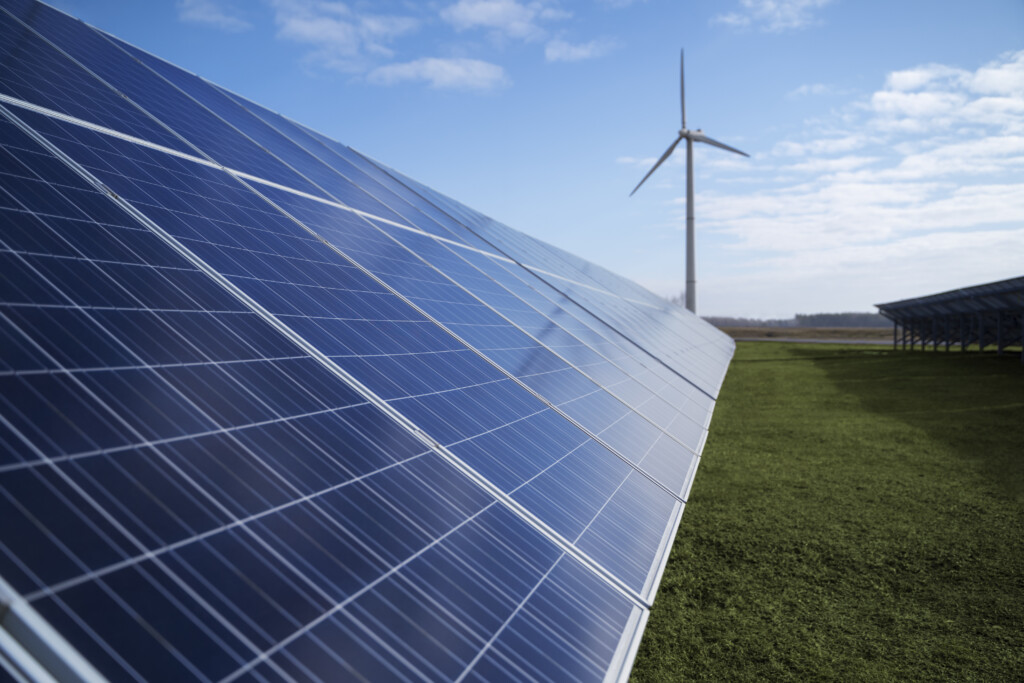
If you’ve been hesitant about transitioning to green energy because of concerns about its reliability, it’s time to reconsider. The truth is, green energy sources like wind, solar, and hydroelectric power can provide consistent and sustainable energy to our cities and industries.
Now, let’s debunk the myth with some facts:
With the right infrastructure and grid management, renewable energy sources can be as reliable as conventional energy sources. The evolution of battery technology and energy storage is playing a crucial role here.
Dr. Maria Neira, Director, Department of Public Health, Environmental and Social Determinants of Health, WHO
To conclude, proclaiming green energy as unreliable is simply a myth. With the correct systems and management in place, renewable energy sources have proved to be dependable and even poised to take on a dominant role in powering the future.
One of the most pervasive myths surrounding the green energy transition is that it will lead to significant job losses in traditional and fossil fuel energy sectors. This perception paints a noteworthy distorted picture. The reality is that the transition towards green energy not only has the potential to create jobs, but these new roles often provide safer and more sustainable employment opportunities.
According to the International Renewable Energy Agency (IRENA), the renewable energy sector created 13.7 million jobs globally in 2022, an increase from 10.3 million jobs in 2017. Remarkably, this growth is happening while renewable energy technologies are becoming cheaper and more efficient, two factors that usually lead to fewer jobs. It shows the powerful job-creation potential of the green energy industry.
Moreover, the United States Bureau of Labor Statistics projects the two fastest-growing jobs through 2026 to be solar photovoltaic installers and wind turbine service technicians, further underscoring the positive job impact of green energy. The signs are clear: the green energy sector is a significant and growing source of employment.
The green energy sector is not a job killer, but a job creator on a significant scale. It’s a sector that’s adapting, innovating, and moving forward; it’s hardly the image of a sector that’s threatening job losses. This transition to green energy is creating a wide range of opportunities for workers.
James Ellsmoor, founder of Solar Head of State
Therefore, this myth holds little ground in the face of real data and expert opinions. The green energy sector is, in fact, paving the way towards a healthier planet and a more productive economy with abundant job opportunities.
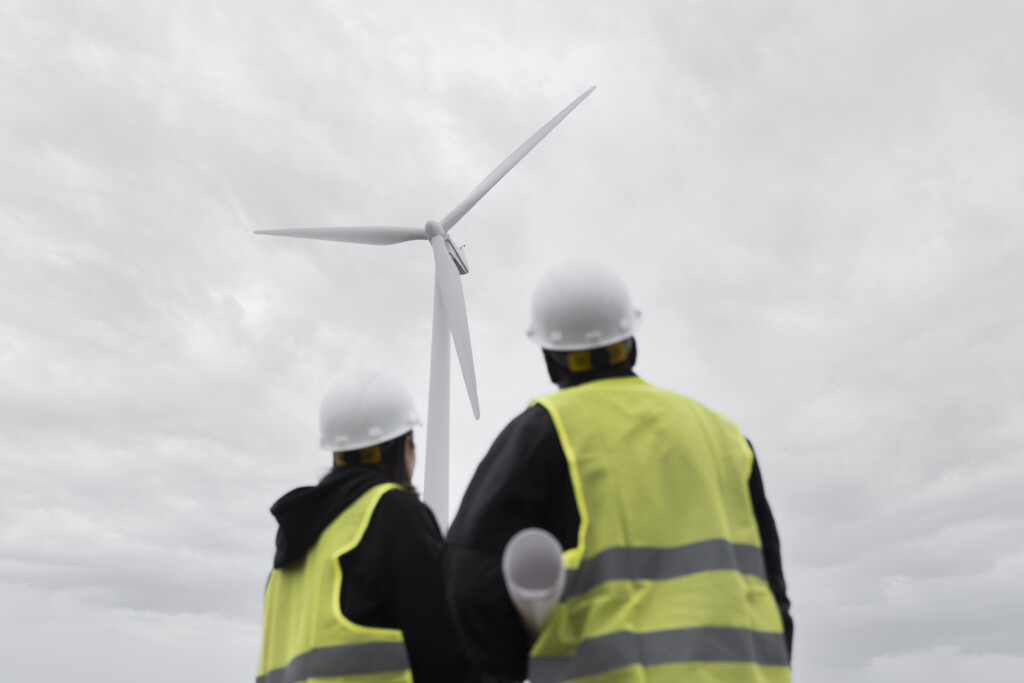
Often, we come across the claim, “Green energy installations cause more harm than good.” However, nothing could be further from the truth.
Let’s delve into the facts behind such assertions. Common in the blame game are wind turbines and solar panels, both allegedly notorious for their ‘destructive’ nature.
First, the charge against wind turbines is that they kill birds. A study by the US Fish and Wildlife Service estimated that approximately 500,000 birds are killed by wind turbines annually. While any death is regrettable, this number pales in comparison to the scale of bird deaths caused by other human activities. For instance, the Smithsonian Migratory Bird Center found that between 365 and 988 million birds die each year due to window collisions – a figure significantly higher than the deaths attributed to wind turbines.
| Source of Bird Deaths | Deaths per Year (Million) |
|---|---|
| Wind Turbines | 0.5 |
| Window Collisions | 365-988 |
How about solar panels? They’re accused of contributing to electronic waste. While it’s true used panels eventually add electronic waste, it’s crucial to realize their lifespan is upwards of 25 years and up to 90% of a solar panel’s material can be recycled.
The end-life management of photovoltaic (PV) products has broad sustainability implications. Properly recycled PV modules can provide a valuable source of raw materials
Dr. Andreas Wade, Global Sustainability Director for FirstSolar
So, it isn’t fair to demonize renewable energy sources due to the associated negligible harm, especially when they offer monumental benefits in fighting climate change and promoting sustainability. They are a much cleaner alternative to fossil fuels, which contribute significantly to greenhouse gas emissions and are detrimental to the health of our planet and all of its inhabitants.
Therefore, the myth that green energy installations cause more harm than good is just that – a myth.
You’ve probably heard the myth that green energy can’t replace fossil fuels. This stance, generally held by skeptics, fundamentally undermines the potential of sustainable energy sources. Let’s debunk this with solid evidence.
First of all, let’s look at the stats. According to The European Council, in 2022, renewable energy outperformed coal in the European Union, producing 39.4% of its electricity, compared to coal’s 38.7%. Moreover, on a global scale, renewables accounted for 80% of new electricity generation in 2020, as reported by the International Energy Agency (IEA).
Furthermore, the cost of green energy is decreasing rapidly. The cost of solar photovoltaic (PV) power has dropped drastically by about 82% since 2010, as stated by the International Renewable Energy Agency (IRENA). In many parts of the world, it’s now cheaper to generate electricity from solar energy than from coal. It’s clear that the economics are moving inexorably in favor of green energy.
Gone are the days when we could only depend on fossil fuels. The technological advancements in green energy, along with its decreasing cost and rising efficiency, make it a viable contender in replacing fossil fuels. We are moving towards a green future, slowly but steadily.
Dr. Samuel Asumadu Sarkodie, a respected researcher in renewable energy economics
To conclude, the potential of green energy to replace fossil fuels is not just based on environmental motivations but also evident in empirical data and economic benefits. Therefore, the claim that sustainable energy can’t replace fossil fuels is a significant misconception. Instead, we should focus our efforts on expanding investment and infrastructure in green energy to further accelerate this ongoing transition.
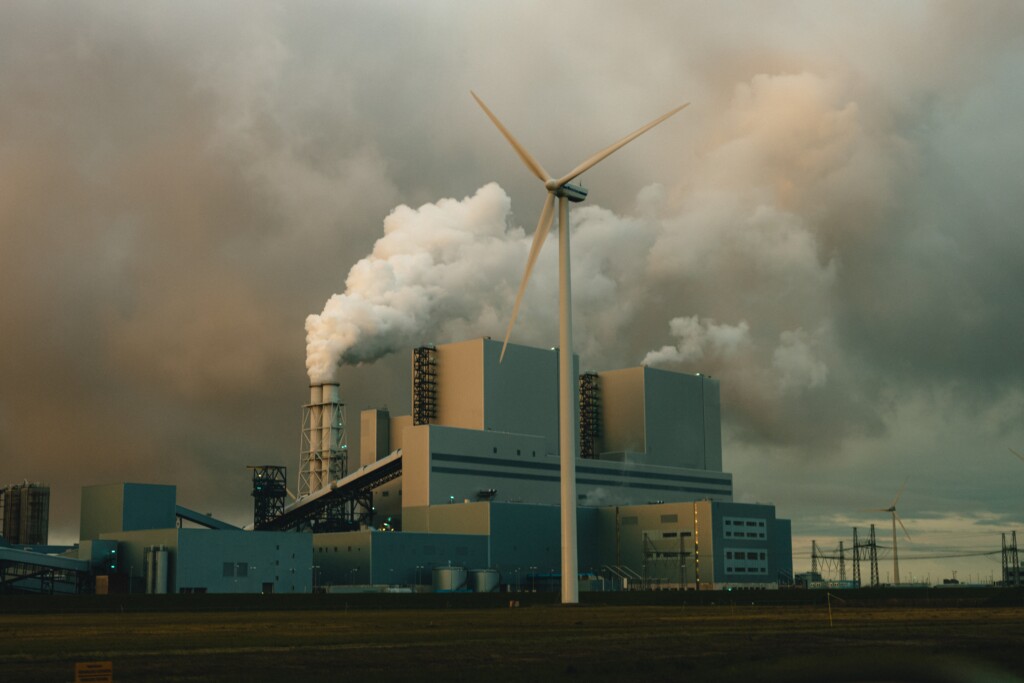
A common myth circulating around is the belief that electric cars aren’t actually green. This misconception primarily stems from the argument that the electricity used to power these vehicles may come from non-renewable sources, thus negating their environmental benefits. Well, to put the skeptics to rest, let’s draw on credible research and expert insights to debunk this myth.
According to the Union of Concerned Scientists, even when powered by electricity from the dirtiest grid in the U.S, an electric car still produces less than half the emissions of the average new gasoline car. The same study found that widespread adoption of electric vehicles could reduce U.S. transport-related emissions by 30%.
Any electric vehicle powered from any electricity grid in the U.S. produces less emissions equivalent per mile than the average new gasoline car.
David Reichmuth, senior engineer at the Union of Concerned Scientists
Moreover, not only are electric cars green in the operational phase, but the overall life-cycle emissions, which include vehicle production, maintenance, and disposal, are also significantly lower compared to conventional vehicles.
| Phase | Electric Car Emissions | Conventional Car Emissions |
|---|---|---|
| Production | Higher | Lower |
| Operation | Significantly Lower | Higher |
| Disposal | Lower | Higher |
This table demonstrates that while the upfront emissions from production are higher for electric cars, they are indeed ‘greener’ in the long run thanks to their significantly lower operational and disposal emissions.
When charged using renewable energy sources, electric cars can reduce CO2 emissions by up to 95% compared to gasoline cars, according to a study by the European Environment Agency. So, to say that electric cars aren’t green is not only misleading but completely ignoring real-world data proving their beneficial impact on our environment.
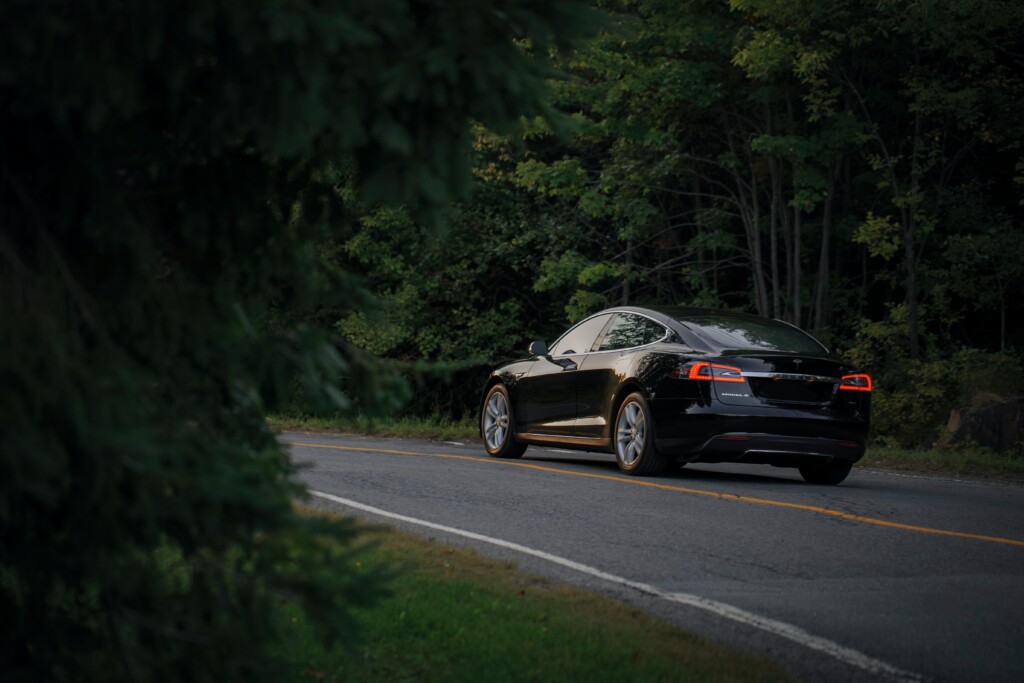
The notion that developing countries can’t afford renewable energy has dissipated in the face of emerging data. In fact, a significant proportion of the growth in the renewable energy sector is being witnessed in these developing nations, making this assumption an absolute myth.
Fact : According to a statistical review by Bloomberg New Energy Finance (BNEF), in 2020, developing nations invested 8% more in renewable energy infrastructure, amounting to $152.2 billion, as opposed to developed nations which saw a 6% decline.
Developing nations are making significant strides towards integrating renewable energy in their infrastructure. Over time, these countries have recognized the socio-economic benefits, from job creation to energy security and combating local pollution.
Abby Hopper, President and CEO, Solar Energy Industries Association
The myth is particularly debunked when you consider the cases of China and the European Union, two of the world’s fastest growing economies.
| Country | Investment in renewable energy (2022) |
|---|---|
| China | $546 billion (1st globally) |
| European Union | $180 billion (2nd globally) |
Moreover, there’s been a significant decrease in the cost of renewable technologies, which has made the transition to clean energy possible for these countries.
The cost of solar and wind energy has dropped significantly over the past decade, making them more affordable to developing economies. According to the International Renewable Energy Agency, the cost of installing solar energy has dropped over 80% since 2010.
Francesco La Camera, Director-General, International Renewable Energy Agency
In conclusion, developing countries aren’t just “affording” renewable energy, but are leading a green revolution. This douses the myth and underlines the potential of green energy in transforming global energy ecosystems.
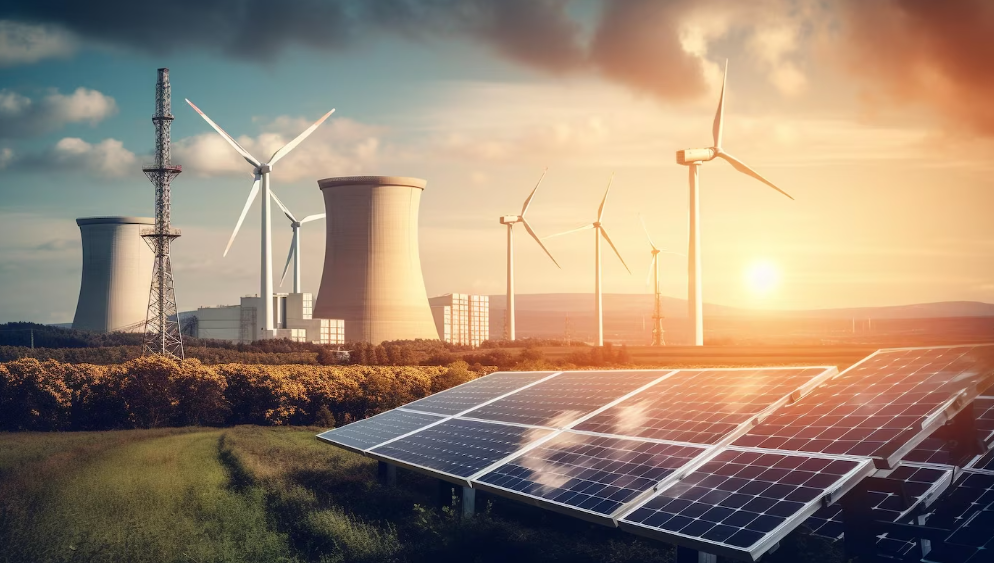
As we have unmasked these 8 green energy myths, we hope your understanding of renewable energy has been enriched and your misconceptions, if any, have been addressed. It’s crucial to recognize that green energy isn’t a luxury, but a necessity for our planet. Embracing the truth about this can steer us towards a sustainable future.
While the path to complete reliance on renewable energy may not be smooth, it’s evident that green energy is neither impractical nor unaffordable. Developing nations are pioneering the use of renewables, significantly undercutting the popular yet erroneous belief that green energy is beyond their reach.
Change is upon us. It’s up to us whether we choose to stay rooted in fallacies or come on board the green energy revolution. Remember, every step aligns us closer to a cleaner, sustainable, and self-reliant energy future.
Stay a while and read more posts like this
Imagine a source of energy that’s efficient, renewable, and capable of reducing our reliance on fossil fuels. Picture a world where the heat residing beneath...
Renewable energy, often referred to as alternative energy, is derived from natural resources or processes that continuously renew themselves. This includes naturally...
Imagine a world powered almost entirely by resources that are slowly disappearing – this is the current reality with non-renewable resources. These are the hidden...